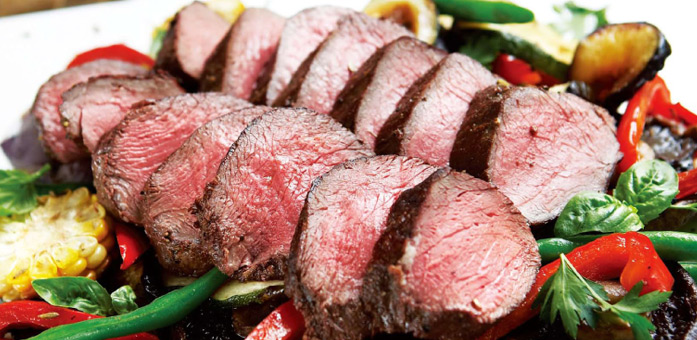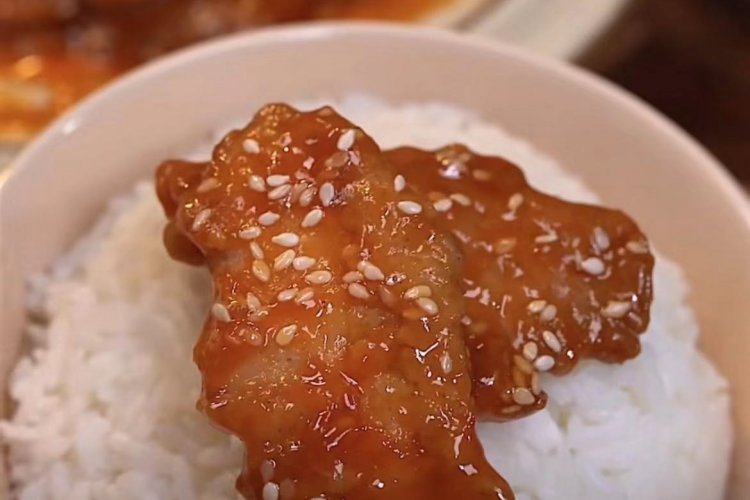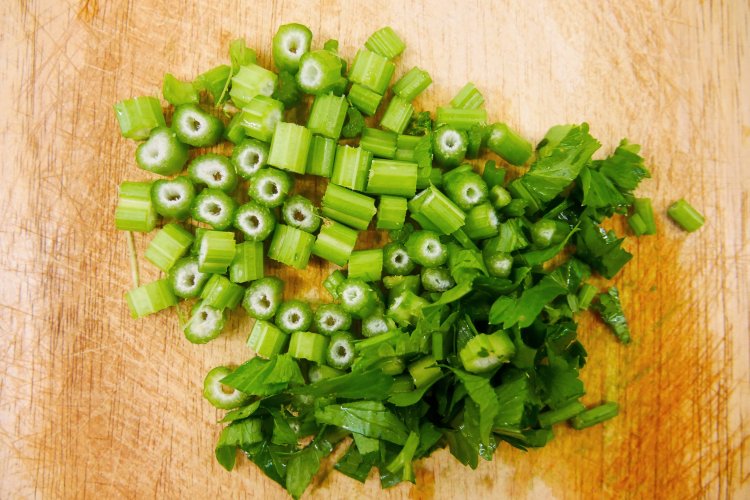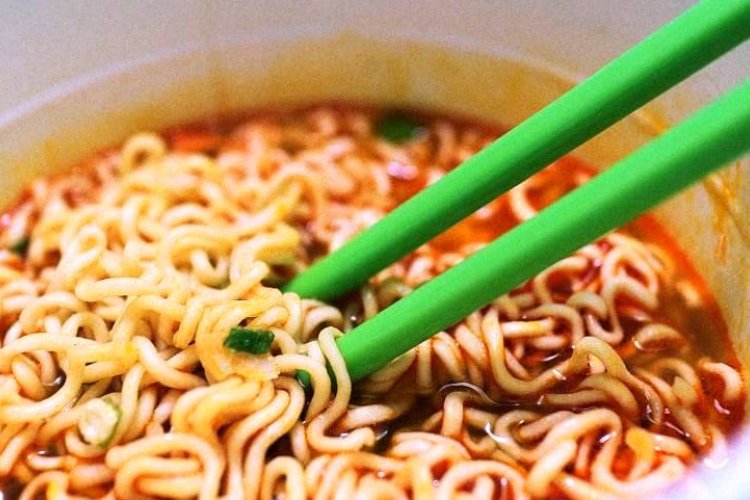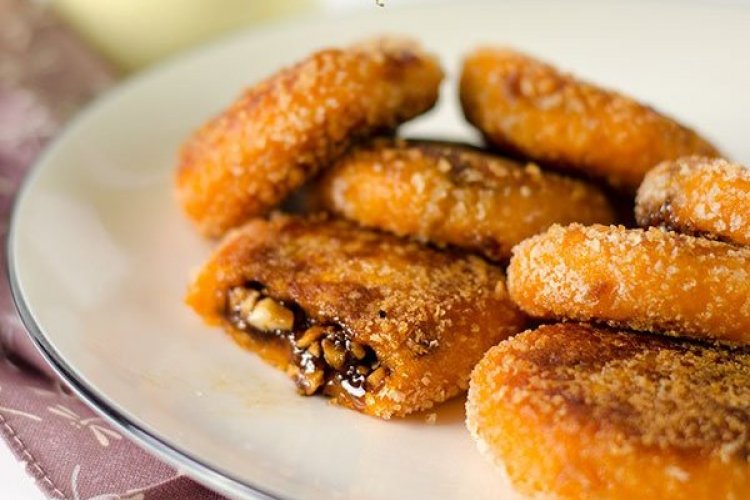Wokipedia: V is For...
Wokipedia is a regular column in which we introduce aspects of Chinese gastronomy, one letter at a time. This issue, 'V' gets the treatment.
… Vegetarianism 素食主义 sùshí zhǔyì
Being a vegetarian in China can be a bit like playing the lottery. While Buddhism has a long-established tradition of vegetarianism that’s not necessarily reflected in Chinese cooking, more and more people in China are choosing to forego meat for health reasons. The prevalence of tofu in all its many forms makes for an easy source of protein, but many smaller restaurants still seem to think that dishes that only use meat as a “seasoning” are somehow vegetarian. Arming yourself with the phrase “I’m vegetarian, please don’t use any meat” (我吃素,请别加肉 wǒ chīsù, qǐng bié jiā ròu), for more tips and vocabulary relating to vegetarianism and veganism in China, click here.
… Venison 鹿肉 lù ròu
Not commonly featured in modern Chinese cuisine, venison was a fixture on high-class menus during imperial times, when hunting was still popular. Therefore, your best bet if you want to try venison is none other than a restaurant that serves imperial cuisine, such as Najia Xiaoguan, which has braised venison with mushrooms on the menu.
… Vermicelli 粉丝 fěnsī
In East Asia, the English term ‘vermicelli’ usually refers to thin rice noodles (known specifically as 米粉 mǐfěn), while the Chinese term 粉丝 fěnsī actually refers to noodles made out of mung bean starch (which are also known as cellophane noodles, just to add another level of confusion). Fensi form the basis of the popular street snack hot and sour noodles (酸辣粉 suān là fěn) as well as the comically-named Sichuan dish “ants climbing a tree” (蚂蚁上树 mǎyǐ shàng shù), in which they are stir-fried and served with a spicy minced pork sauce.
That's V sorted. Click here to see what you missed with U.
More stories by this author here.
Instagram: @gongbaobeijing
Twitter: @gongbaobeijing
Weibo: @宫保北京
Images: Woodburn Venison

